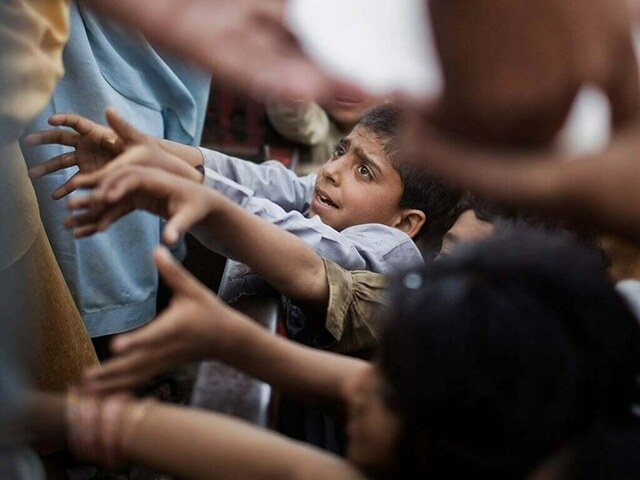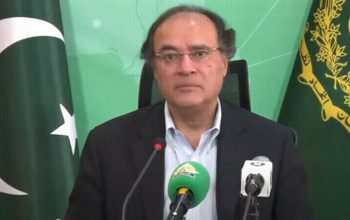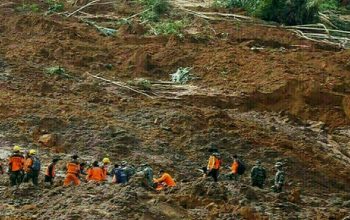EDITORIAL: Ideally, the government should have already known what the recent PIDE (Pakistan Institute of Development Economics) study revealed last week; that Pakistan’s poverty rate increased from 38.6 percent to 39.5 percent over the last five years.
No doubt this is the result of two critical factors. First, Covid rampaged through the international economy and sent millions of people tumbling below the poverty line all across the world, Pakistan being no exception.
Then, the compulsion of an active IMF programme to avoid outright default and helplessness in front of its “upfront conditions” pumped cost-push inflation in times of already record inflation and unemployment and made millions more much poorer.
Ideally, the government should also know that this trajectory is only going to get worse. Because Covid may have gone but the need for the Fund, which will force yet more taxes and cut even more subsidies, is still there.
And just when everybody is done celebrating signing the next EFF (Extended Fund Facility) and a very likely interest rate cut by the SBP (State Bank of Pakistan), the same story of bailout conditions bloating utility bills and stoking inflation will come back with a vengeance.
But since the government does not seem too concerned about this trend, it’s also unlikely to be prepared for the squeeze, which will raise poverty all over again, that is just round the corner.
Interestingly, the PIDE study also presented the first multidimensional index to measure “digital poverty” in Pakistan. Consisting of three dimensions – ICT (Information and Communication Technologies) availability, affordability and access, and literacy – the report concluded that about half the country’s population “severely lacks digital literacy”.
This is a chilling confirmation of the fact that even those that are able to escape poverty and get an education are often cut off from the progressive mainstream. And that, in turn, explains why almost half the country also hovers just above or below the poverty line.
This is a very difficult situation and there are no easy fixes. That much is understandable. Yet it’s still unforgivable that the government is not taking it nearly seriously enough.
Even now it’s only talking about how the IMF programme is necessary to keep default at a distance. It’s still not willing to accept that the bailout will come at a very high price for most people of the country. That’s why nobody has a plan.
Sadly, this is exactly what to expect when bitter turf wars dominate the political landscape and politicians sell dreams on the campaign trail only to come to power to settle personal/political scores and bolster their power bases.
With taxes and cost of utilities about to rise very soon, there’s little doubt that the next such report will paint an even gloomier picture of Pakistan’s poverty trends.
And, in the absence of any effective preventive measures, the poor, miserable lower classes have no choice but to brace for another fiscal mauling.
If this does not jolt the government into some sort of action, nothing will.
Copyright Business Recorder, 2024
Read the full story at the Business Recorder - Latest News website.



